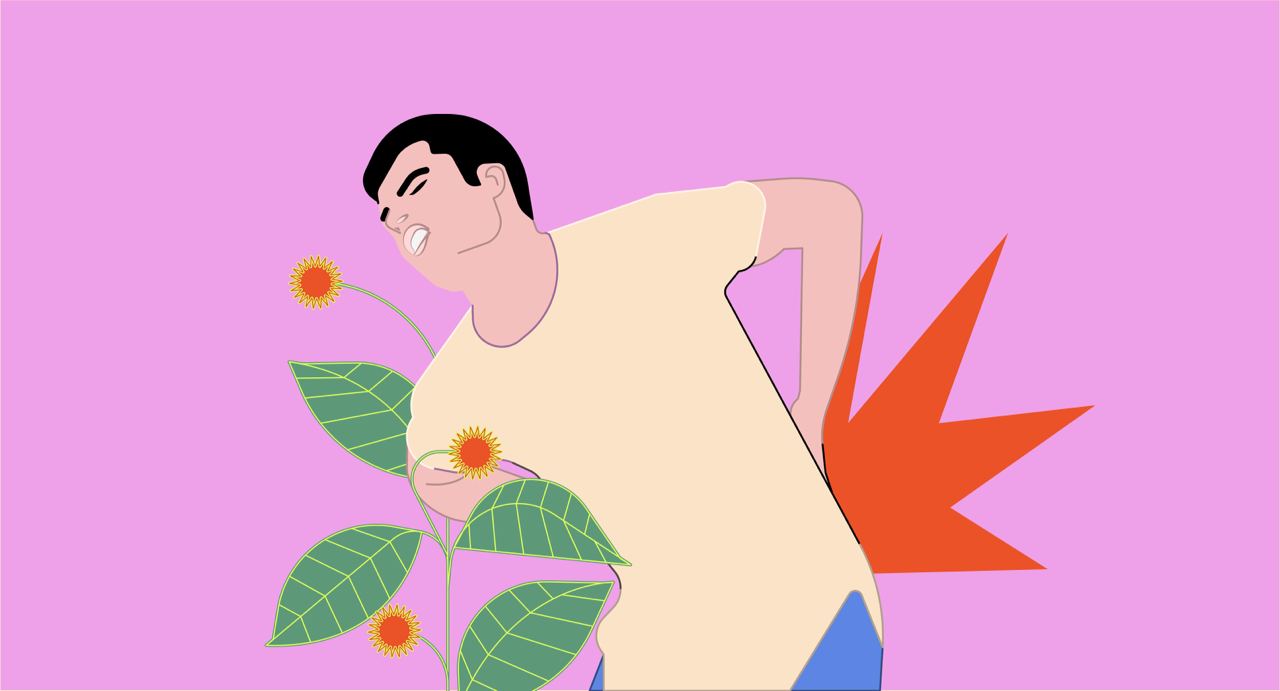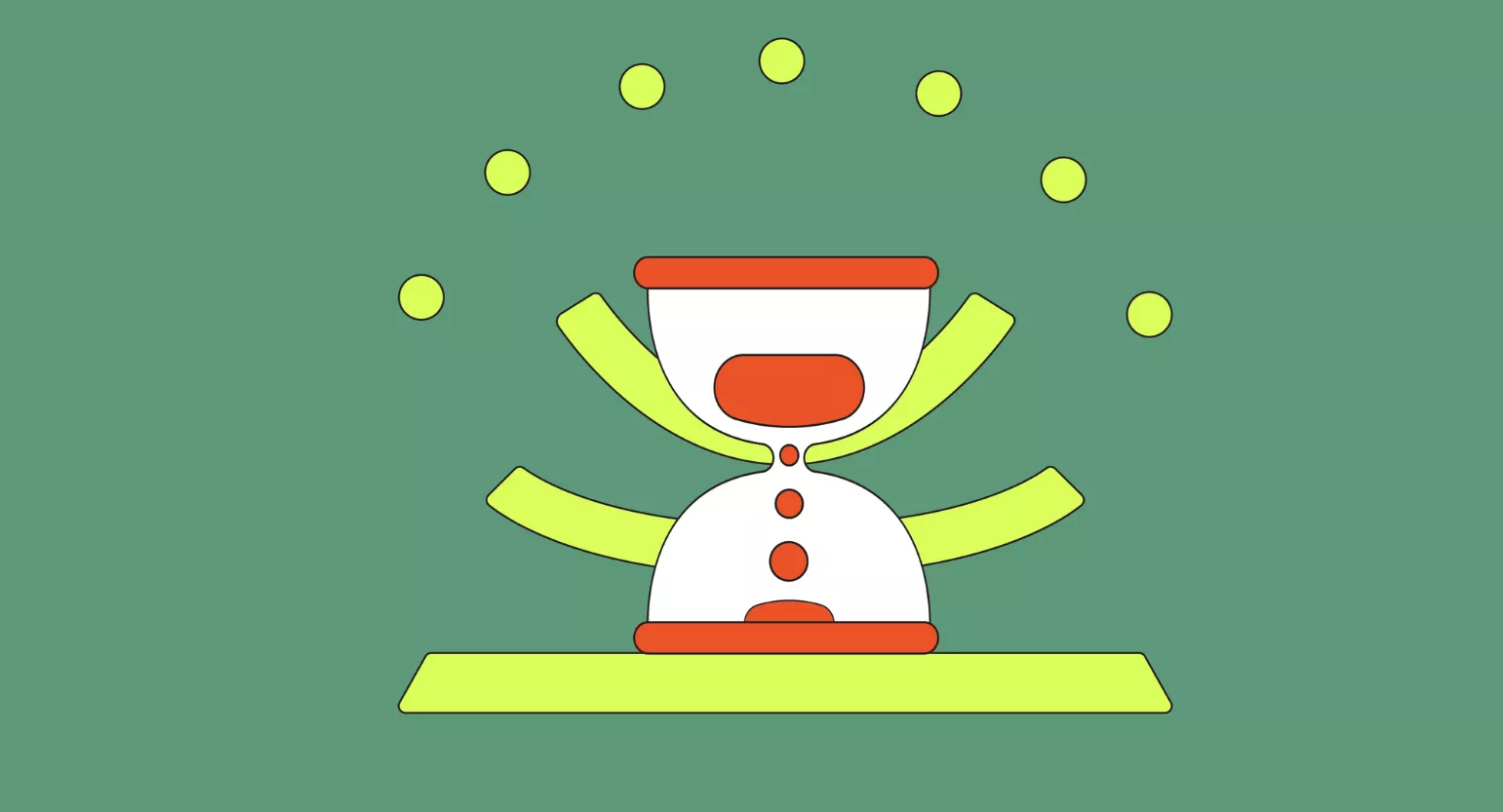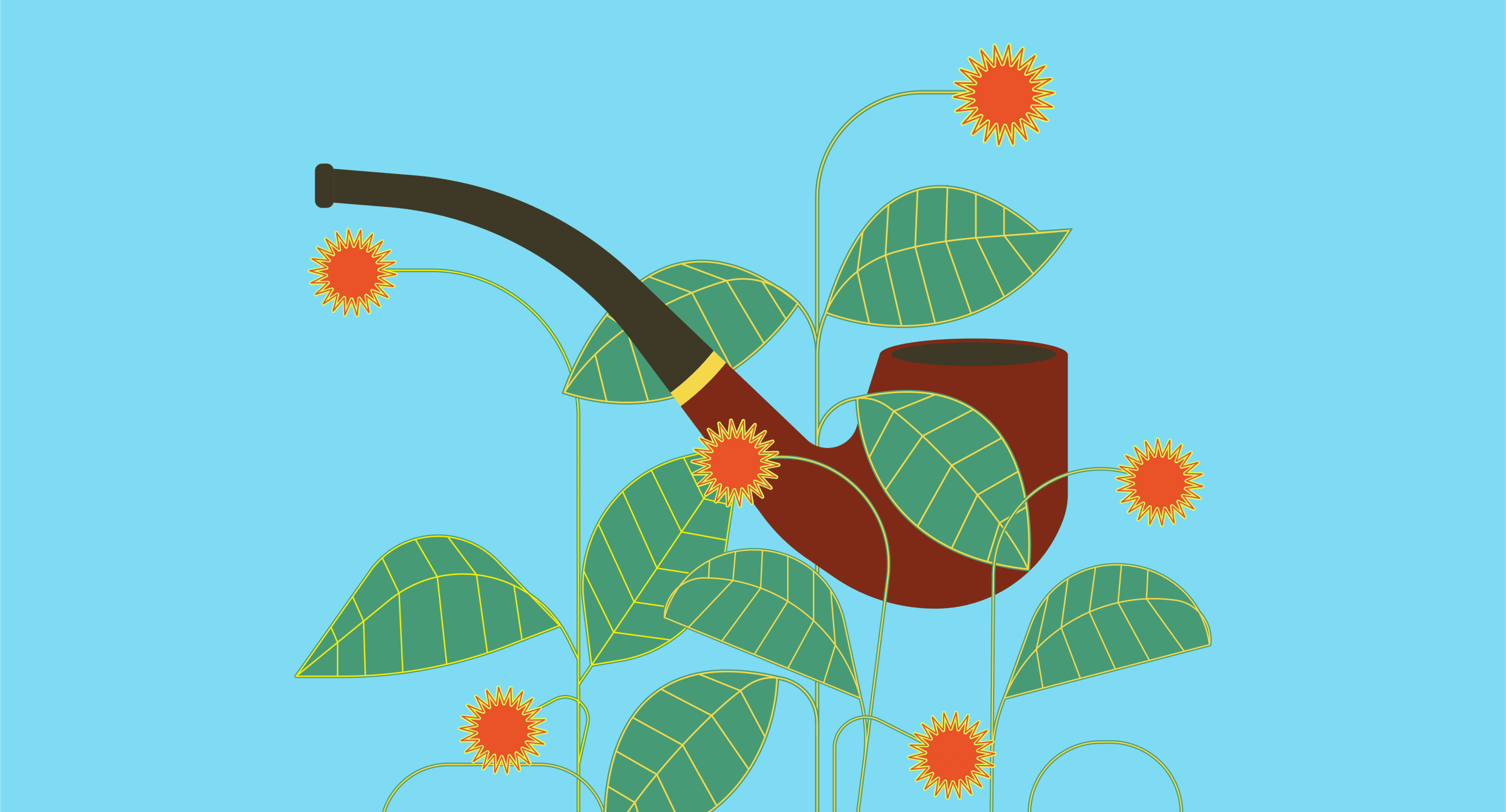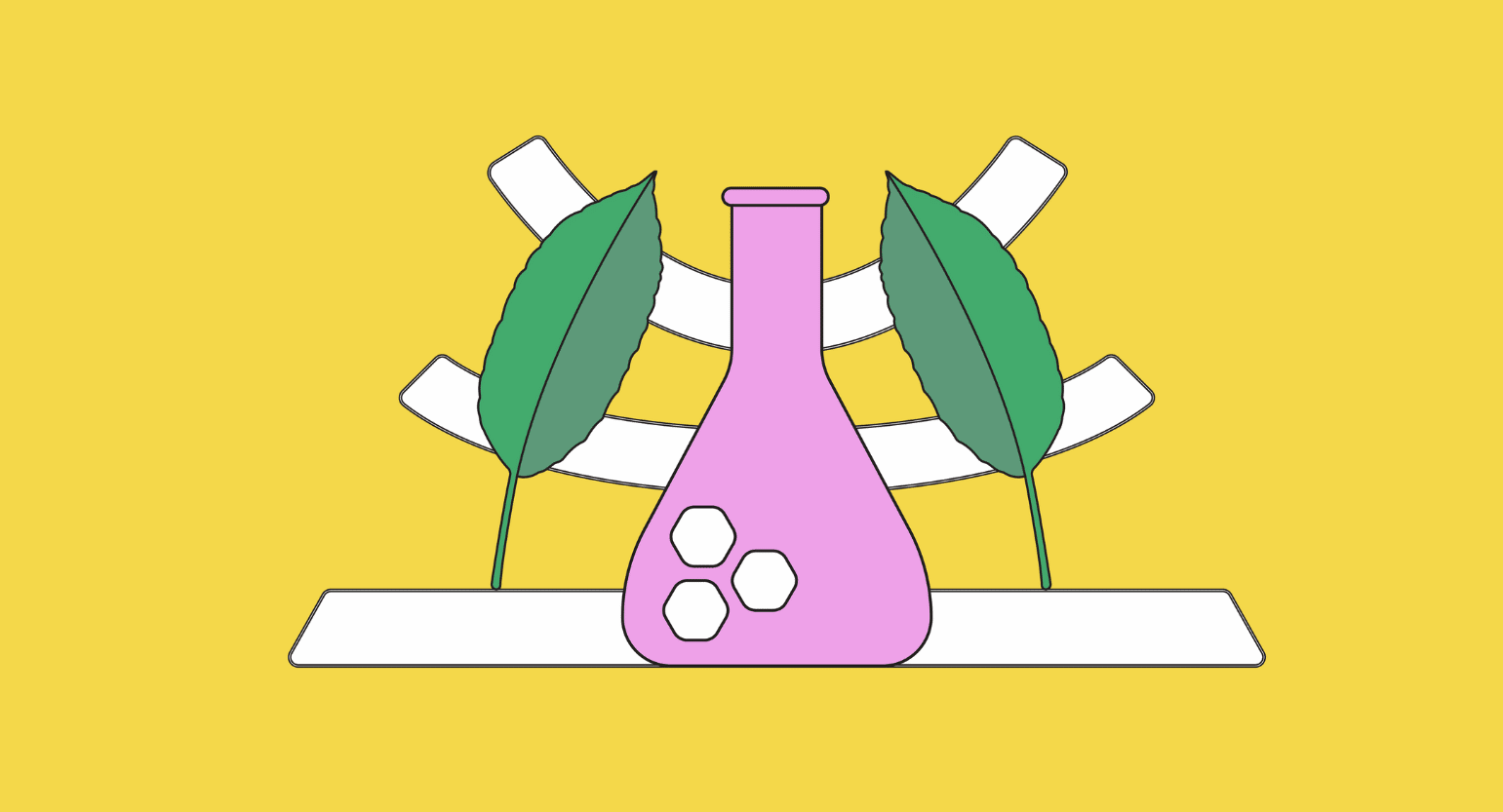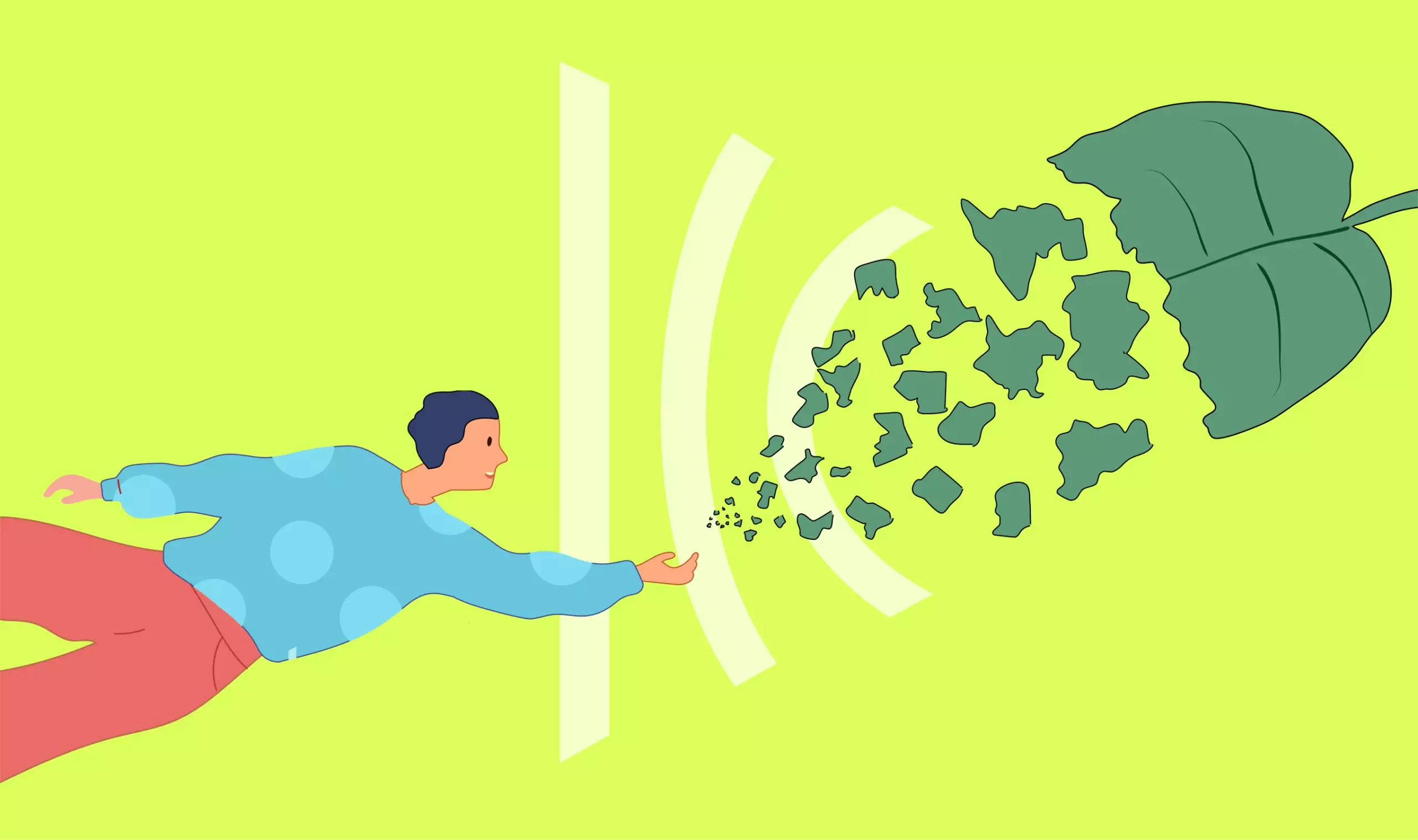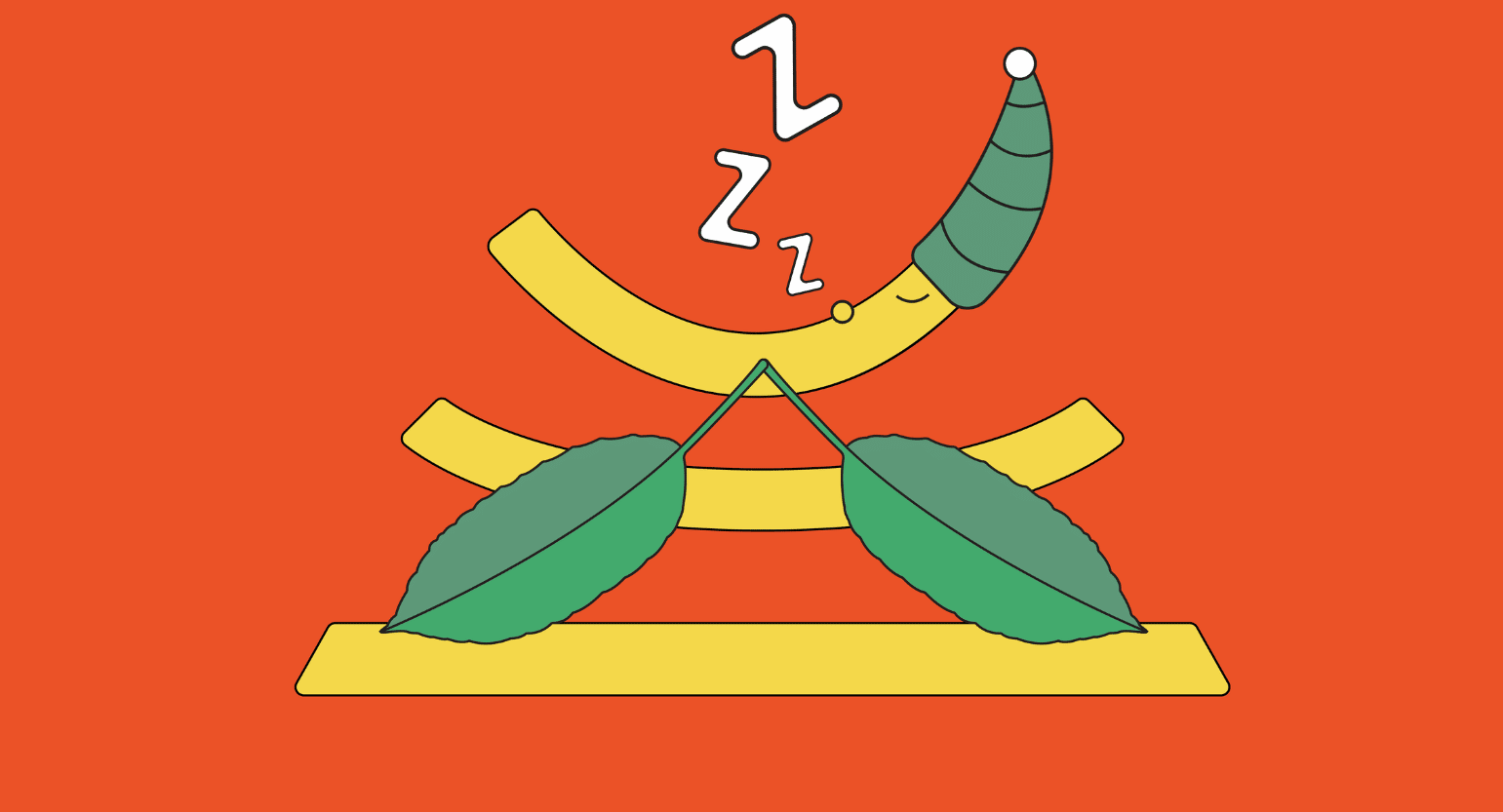What Is Kratom?
Kratom (Mitragyna speciosa) is an evergreen tree related to the coffee family that grows in the jungles of Southeast Asia.
People take kratom by chewing the leaves or grinding them into a fine powder. The powdered kratom can be used in many ways, such as brewed into tea or put into capsules. Kratom’s natural analgesic properties make it a great option for treating painful conditions, often succeeding where other treatments fail.
It’s only recently become popular in other parts of the world but has been used for hundreds of years in traditional Indonesian medicine to treat many different ailments.
Can Kratom Help With Gout Pain?
Yes, it’s possible that kratom can alleviate gout pain.
Kratom works by interrupting pain signals before they can be transmitted to the brain. It accomplishes this by interacting with the body’s opioid receptors, sites where opioids and other compounds bind and change how we experience pain. Specifically, kratom interacts with opioid receptors to reduce pain signals traveling through the central nervous system [1].
Even though kratom interacts with opioid receptors, it is not classified as an opioid. Despite this fact, it’s considered more powerful than morphine in some studies [2].
Kratom relieves pain by blocking signals to the brain, making it useful against all forms of pain — including pain caused by conditions like gout.
Kratom, Dopamine, & Gout Pain
Kratom also indirectly affects how we perceive pain by altering neurotransmitter levels and regulating their activity [3]. One neurotransmitter that kratom interacts with is dopamine, an important chemical that controls motivation and learning.
Popular media paints dopamine as a pleasure chemical, but it’s more accurately described as a motivation molecule. Dopamine affects how our brains react to external stimuli like pain and pleasure, guiding us to seek out actions that limit the pain and increase happiness.
Kratom changes dopamine levels in the brain, which changes how we react to actions that cause us pain. This effect can help people manage gout pain by retraining their bodies, helping them regain activity, and giving them their lives back.
Kratom, Serotonin, & Gout Pain
Kratom also affects serotonin, possibly increasing its absorption and changing how potent its effects are [4]. Serotonin is the most important neurotransmitter for learning, brain health, and memory. It also plays a similar role to dopamine in influencing reward-seeking behavior.
Gout pain is often linked to anxiety and depression as people struggle to cope with their condition. The body and mind are inextricably linked, and improving one’s mood and mindset can have a dramatic effect on how their body feels.
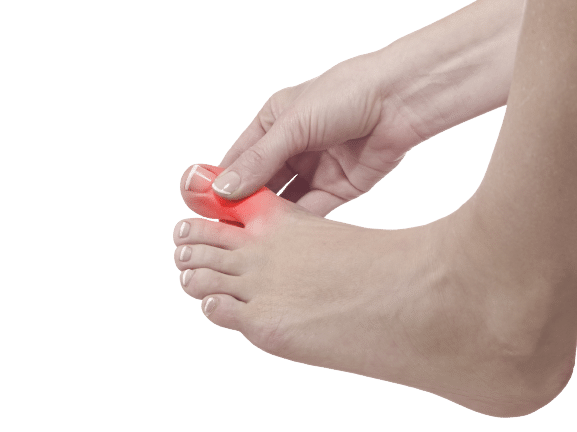
Best Kratom Strains for Relieving Gout Pain
Red strains are generally considered the best for alleviating gout pain. They have the highest concentration of 7-hydroxymitragynine, a sedating alkaloid with powerful natural pain-relieving properties.
Kratom works differently than other pain-relieving substances; different doses behave differently, changing the type of effects rather than just their intensity. Low doses of kratom are more stimulating and less sedating, making them worse for treating gout pain, while moderate and high amounts are significantly better.
The strain you choose is also important. Kratom from different regions has different alkaloid concentrations, giving them different strengths. Here are three strains that are widely considered the best for alleviating pain.
1. Red Bali
Red Bali is a balanced strain that excels at providing pain relief, anxiety relief, and relaxation. It is one of the most popular strains among beginners since it is strong without being overpowering. It is also a capable muscle relaxer, helping relieve the tension that often accompanies gout flare-ups.
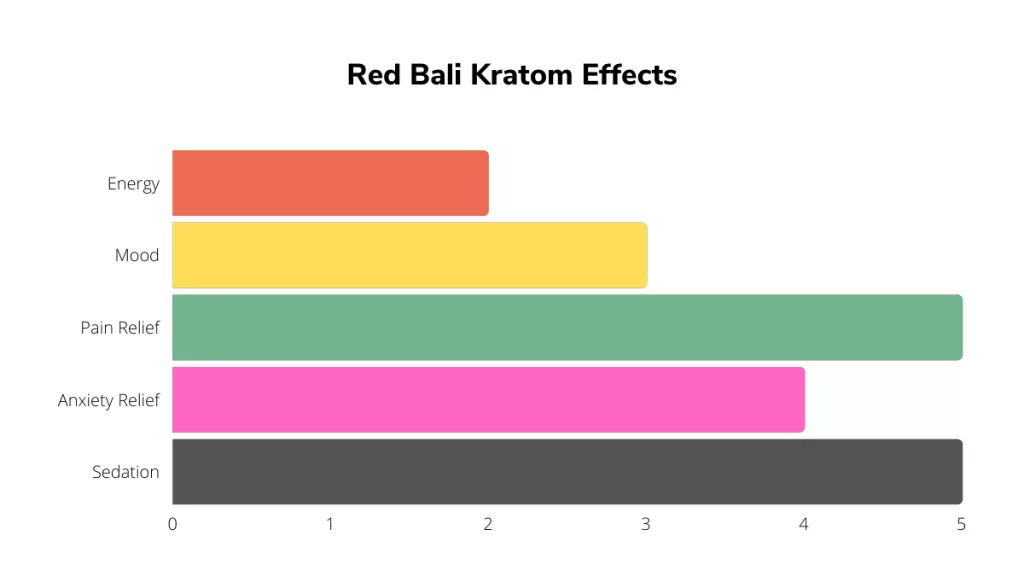
2. Red Maeng Da
If Red Bali doesn’t sound strong enough for you, look no further than Red Maeng Da. This Thai strain is one of the most potent red strains available, offering unmatched pain relief and relaxation. Some users find it too strong and struggle to use it during the day, but it is the best choice for severe pain and is a great weapon against gout.
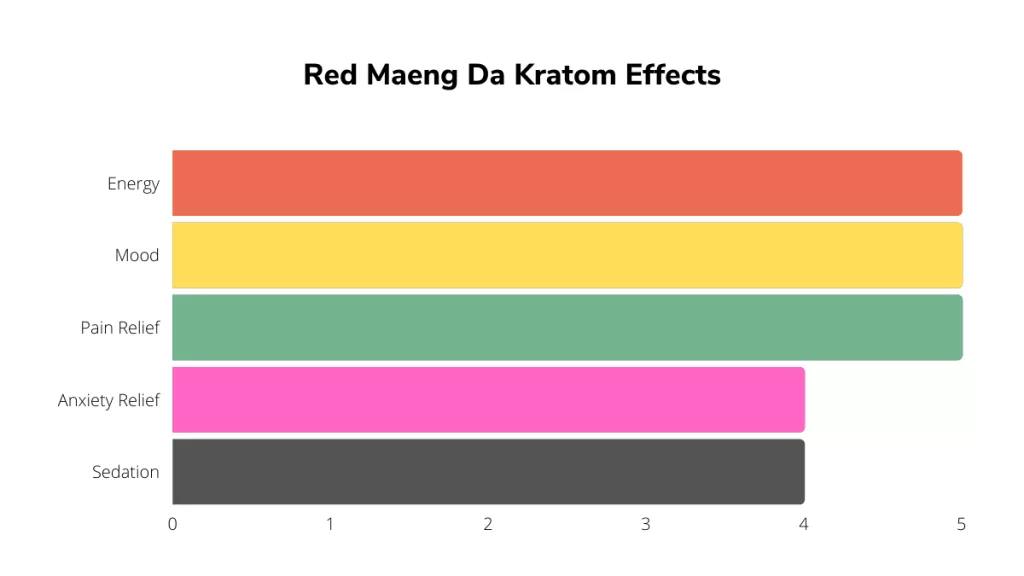
3. Red Borneo
Red Borneo falls between Red Bali and Red Maeng Da in pain-relieving capability. It is less likely to knock you out than Red Maeng Da despite being almost as potent. Many people find that Red Borneo hits the sweet spot between pain relief and sedation, especially for daytime use.
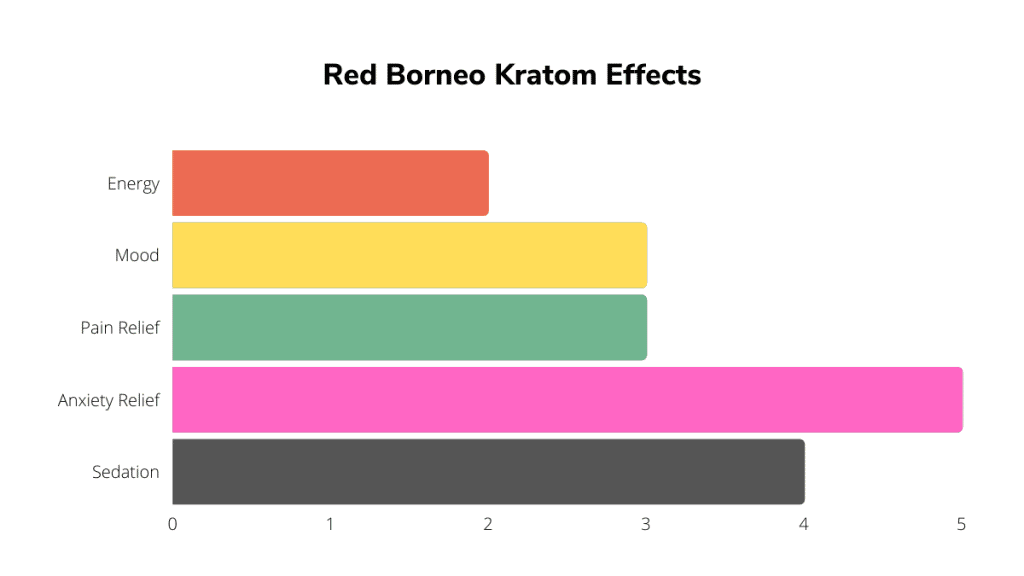
Risks of Using Kratom for Gout Pain Relief
Even though kratom is a safer alternative to many painkillers, it has its own side effects that users need to be aware of. Red strains may cause nausea, dizziness, memory loss, confusion, diarrhea, and constipation. These unpleasant effects are more common in higher doses, making it especially important for people using kratom to treat gout pain to listen to their bodies.
Because of kratom’s traits, it’s easy to become physically dependent on it if you don’t use it responsibly. Experts recommend taking kratom no more than five days per week and suggest cycling kratom use by taking at least one week off every two months.
Is It Safe to Take Kratom with Other Pain Medication?
Combining kratom with other pain medication is not a good idea. Mixing medications can be dangerous, and drug interactions are complicated and unpredictable. Kratom is a potent analgesic that may have dire consequences if combined with other substances.
Kratom vs. Colcrys for Gout Pain
Colcrys (colchicine) is an anti-inflammatory medication used to treat gout. Low doses can help prevent gout, and higher doses combat acute cases. It works by preventing the body from attacking joints, reducing inflammation, and alleviating pain.
Colcrys is a more targeted treatment for gout than kratom. It treats the root cause of gout pain, while kratom merely addresses the symptoms. Still, many people find it helpful to take kratom to dull the pain, especially during flare-ups.
Comparing Colcrys & Kratom:
| 🍃 Kratom | 💊 Colcrys | |
| Availability | Unrestricted | Prescription-Only |
| Natural or Synthetic? | Natural | Synthetic |
| Active Ingredient | Mitragynine, 7-hydroxymitragynine, & other alkaloids | Colchicine |
| Indications | Energy, concentration, chronic pain, opiate withdrawal, anxiety, sleep | Joint pain, swelling, inflammation |
| Dosage | 2-12 grams per day | 0.5-2 mg per day |
| Common Side Effects | Nausea, vomiting, lethargy, dizziness, anxiety, brain fog, constipation, diarrhea, memory loss | Diarrhea, nausea, tiredness, headaches, sore throat |
| Level of Risk | Low-Moderate | High |
| Risk of Addiction | Moderate | Low |
| Cost | $10 – $20 an ounce (~30 grams) | $130-$180 for thirty 0.6 mg capsules |
Kratom vs. Celebrex for Gout Pain
Celebrex (celecoxib) is a non-steroidal anti-inflammatory (NSAID) drug used to treat pain from gout and other forms of arthritis. It is better than many NSAIDs since it is less likely to cause gastrointestinal problems, making it more useful for continuous use for chronic conditions. However, it is more likely to cause heart problems, so it’s not ideal for people with existing cardiovascular issues.
Celebrex is a good choice for treating gout, although it isn’t as targeted as Colcrys. However, it is more targeted for gout than kratom and does a better job of fighting inflammation. It also has no risk of addiction, a significant benefit over kratom. However, it takes longer to start working than kratom and is dangerous for people with high blood pressure or heart problems.
Comparing Celebrex & Kratom:
| 🍃 Kratom | 💊 Celebrex | |
| Availability | Unrestricted | Prescription-Only |
| Natural or Synthetic? | Natural | Synthetic |
| Active Ingredient | Mitragynine, 7-hydroxymitragynine, & other alkaloids | Celecoxib |
| Indications | Energy, concentration, chronic pain, opiate withdrawal, anxiety, sleep | Arthritis, ankylosing spondylitis |
| Dosage | 2-12 grams per day | 200 mg per day |
| Common Side Effects | Nausea, vomiting, lethargy, dizziness, anxiety, brain fog, constipation, diarrhea, memory loss | Headaches, stomach ulcers, respiratory infections, nausea, back pain, dizziness, rashes, swelling in the extremities |
| Level of Risk | Low-Moderate | High |
| Risk of Addiction | Moderate | Low |
| Cost | $10 – $20 an ounce (~30 grams) | $350-$450 for thirty 200 mg capsules |
Kratom vs. Kenalog for Gout Pain
Kenalog (triamcinolone) is a corticosteroid used to treat inflammatory skin conditions, mouth ulcers, and acute gout and gout-like attacks. It is most commonly used to treat gout patients who cannot take NSAIDs or colchicine due to preexisting conditions or health risks.
Kenalog can help reduce inflammation during a gout episode, something kratom cannot do. However, kratom is often fast-acting and is similarly safe for people who can’t take NSAIDs or colchicine. Kenalog’s side effects can lead to skin problems, so kratom is probably the better option if you’re prone to skin irritation.
Comparing Kenalog & Kratom:
| 🍃 Kratom | 💊 Kenalog | |
| Availability | Unrestricted | Prescription-Only |
| Natural or Synthetic? | Natural | Synthetic |
| Active Ingredient | Mitragynine, 7-hydroxymitragynine, & other alkaloids | Triamcinolone |
| Indications | Energy, concentration, chronic pain, opiate withdrawal, anxiety, sleep | Gout, skin conditions, mouth ulcers |
| Dosage | 2-12 grams per day | 250 mg per day applied topically |
| Common Side Effects | Nausea, vomiting, lethargy, dizziness, anxiety, brain fog, constipation, diarrhea, memory loss | Burning, itching, dry skin, rash, skin discoloration, allergic reactions |
| Level of Risk | Low-Moderate | Moderate |
| Risk of Addiction | Moderate | Low |
| Cost | $10 – $20 an ounce (~30 grams) | 15 grams of 0.1% ointment $100-$150 |
How Common is Gout Pain?
Gout is the most common form of inflammatory arthritis, affecting approximately 1%–5% of the population [5]. An estimated 8.3 million people in the United States have gout, around 6 million men and 2 million women.
Signs & Symptoms of Gout Pain
The most common symptom of gout pain is intense pain in the big toe, although it can also affect other joints. Affected joints are usually tender and feel hot to the touch. Gout pain is often excruciating, and even light contact from a sock or bedsheet may result in intolerable pain.
Gout attacks often start at night and become more painful for up to 24 hours before subsiding.
Common Treatments for Gout Pain
Unfortunately, gout is a persistent condition that can be managed but not cured. Anti-inflammatory medication is the most common treatment, although over-the-counter drugs are usually not strong enough.
Gout comes from a buildup of uric acid in the body and may indicate impaired kidney function. It is more prevalent in people who drink beer and sugary drinks, so cutting them out of your diet can help. Drinking plenty of water is also recommended for people who suffer from gout.
Overweight people are more likely to experience gout attacks, so maintaining a healthy weight is essential. Exercise can help overweight people lose weight and may also reduce the chances of a flare-up, especially low-impact activities like swimming and cycling.
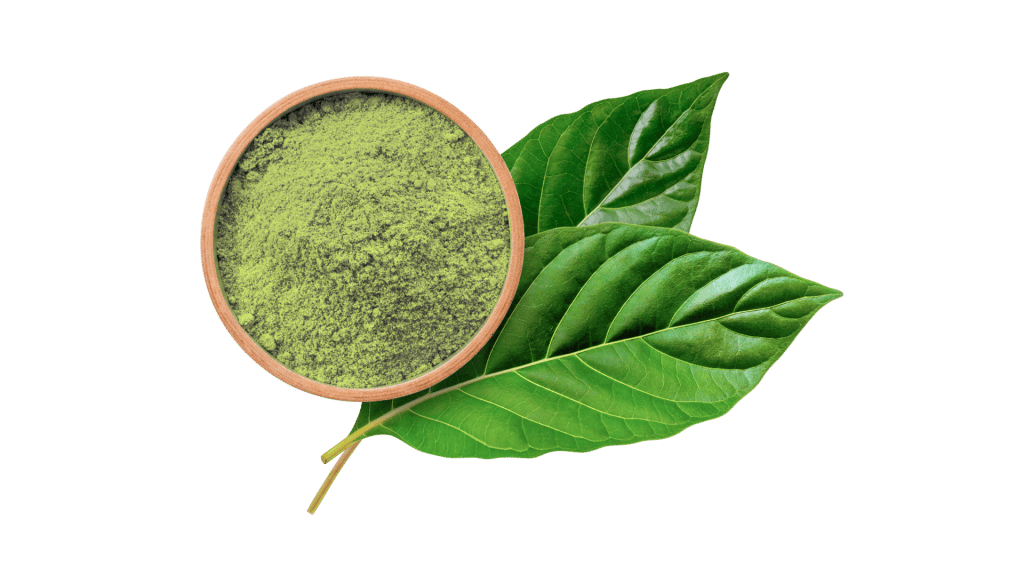
Key Takeaways: Can Kratom Help With Gout Pain?
Kratom can help people manage gout pain — especially during flare-ups. Many treatments for gout successfully reduce inflammation and quell the pain, but they take time to work. Many gout attacks become extremely painful quickly, making kratom a good option for short-term relief.
The best kratom strains for managing gout pain are red, specifically Red Bali, Red Maeng Da, and Red Borneo. These strains are high in 7-hydroxymitragynine and offer substantial pain relief in as little as 30 minutes.
Kratom should never be combined with other medications, especially pain-relievers. People who take prescription drugs should consult a doctor before taking kratom.
Side effects of kratom use are usually mild, although some people may experience unwanted effects if they take large doses. Kratom can also be addicting, and users need to reduce their intake if they experience prolonged lethargy.
- Suhaimi, F. W., Yusoff, N. H., Hassan, R., Mansor, S. M., Navaratnam, V., Müller, C. P., & Hassan, Z. (2016). Neurobiology of Kratom and its main alkaloid mitragynine. Brain research bulletin, 126, 29-40.
- Matsumoto, K., Horie, S., Ishikawa, H., Takayama, H., Aimi, N., Ponglux, D., & Watanabe, K. (2004). Antinociceptive effect of 7-hydroxymitragynine in mice: Discovery of an orally active opioid analgesic from the Thai medicinal herb Mitragyna speciosa. Life sciences, 74(17), 2143-2155.
- Stolt, A. C., Schröder, H., Neurath, H., Grecksch, G., Höllt, V., Meyer, M. R., … & Becker, A. (2014). Behavioral and neurochemical characterization of kratom (Mitragyna speciosa) extract. Psychopharmacology, 231(1), 13-25.
- Johnson, L. E., Balyan, L., Magdalany, A., Saeed, F., Salinas, R., Wallace, S., … & Grundmann, O. (2020). Focus: Plant-based Medicine and Pharmacology: The Potential for Kratom as an Antidepressant and Antipsychotic. The Yale Journal of Biology and Medicine, 93(2), 283.
- Dehlin, M., Jacobsson, L., & Roddy, E. (2020). Global epidemiology of gout: prevalence, incidence, treatment patterns, and risk factors. Nature Reviews Rheumatology, 16(7), 380-390.


